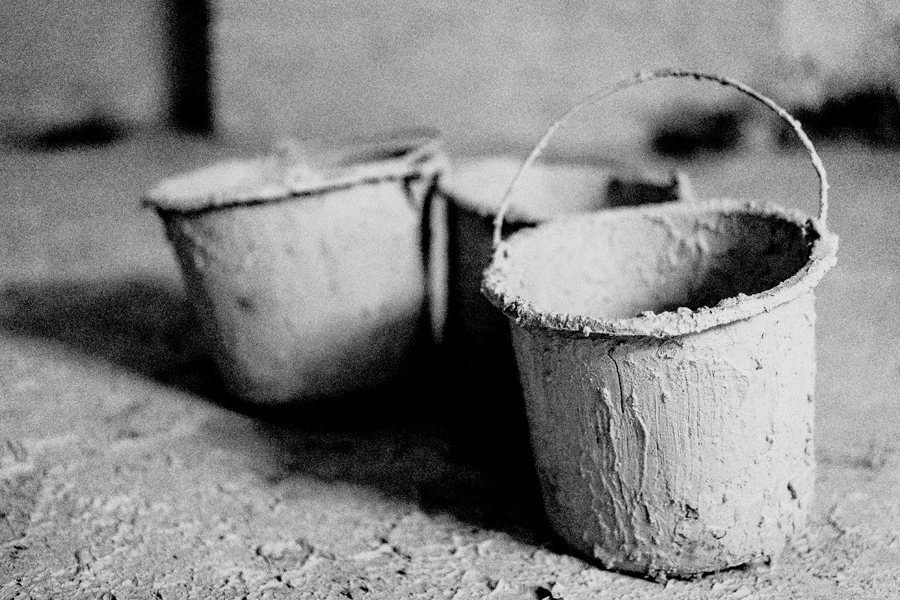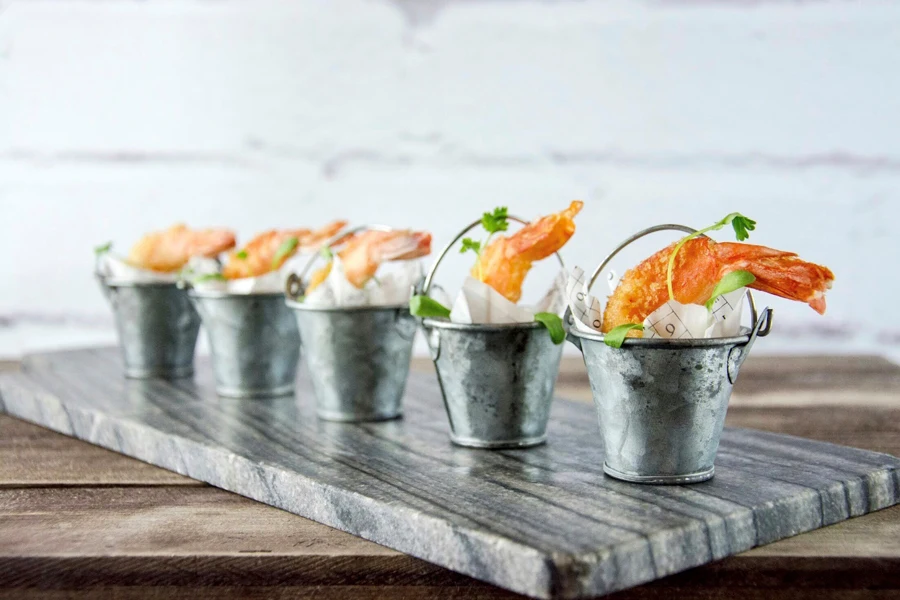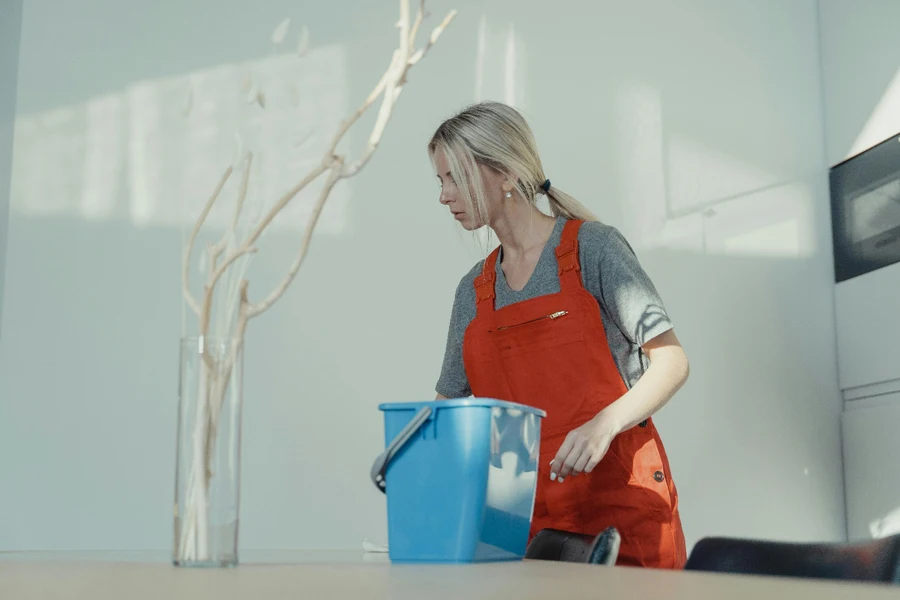Buckets play an essential role in various industries, from agriculture and construction to household applications, serving as versatile tools for material handling and storage. As the market evolves, understanding the latest trends and innovations is crucial for professional buyers to make informed purchasing decisions. Different materials, shapes, and features can significantly impact performance, making it vital to choose the right bucket for specific tasks. This article explores the global bucket market, examines the types and features of buckets, and outlines key factors to consider when selecting the best product for your needs. With the right insights, businesses can optimize their operations by selecting products that align with their industry demands.
Table of Contents
● Market overview: current trends and future outlook
● Understanding different bucket types and their features
● Key considerations for choosing the right bucket
● Conclusion
Market overview: current trends and future outlook

Global market growth
The global bucket market is expected to witness steady growth, with a current valuation of $1.9 billion in 2024. This growth is driven by increasing demand across key sectors such as agriculture, construction, and industrial manufacturing. The market is projected to reach $2.7 billion by 2034, expanding at a compound annual growth rate (CAGR) of 2% over the forecast period, according to Future Market Insights. This expansion reflects the consistent use of buckets in various applications, including material handling, irrigation, and transportation.
Market drivers and segmentation
Key drivers of this growth include the rising demand from the agriculture and construction sectors, which require buckets for essential tasks such as irrigation, land preparation, and concrete mixing. In addition, infrastructural development in developing economies further boosts market demand. The market is dominated by plastic buckets, which account for 72.1% of total sales, favored for their durability and corrosion resistance. Among product types, open top/head buckets hold a 62.6% share, largely due to their convenience for easy loading and unloading in sectors such as waste management and agriculture.
Regional insights
Regionally, India leads the global market, with a CAGR of 6% from 2024 to 2034, driven by its vast agricultural and infrastructural needs. Other significant markets include China, which benefits from rapid urbanization and a booming construction industry, and the United States, where bucket usage is widespread in infrastructure projects such as road and bridge construction. According to Future Market Insights, these regions will continue to play a pivotal role in shaping the market’s future trajectory, contributing significantly to overall growth.
Understanding different bucket types and their features

Heavy-duty buckets
Heavy-duty buckets are designed specifically for industrial environments, offering enhanced durability and heat resistance. Constructed from high-density polyethylene (HDPE), these buckets can withstand harsh conditions, including exposure to high temperatures and chemical abrasives. HDPE provides excellent tensile strength, with a typical range of 20–31 MPa (megapascals), ensuring the bucket can handle heavy loads without warping or cracking. These buckets are often capable of hot-filling up to +70°C without compromising structural integrity. Additionally, many heavy-duty buckets are UN-certified for transporting hazardous materials, meeting stringent drop test and impact resistance standards.
Round tapered buckets
Round tapered buckets are designed for efficient stacking, a feature that is crucial for industries that prioritize space optimization, such as food services and surface coatings. Their tapered shape allows these buckets to nest within each other, reducing storage volume when not in use. Typical capacity ranges from 3 liters to 30 liters, and the buckets often include snap-on lids for a secure, airtight seal, ensuring product freshness. Made from polypropylene (PP), these buckets are lightweight, with a density of approximately 0.9 g/cm³, offering sufficient strength while keeping weight minimal. PP’s chemical resistance and ability to withstand short-term exposure to temperatures of up to 120°C make them suitable for hot-filling in food and beverage sectors.
Oval buckets

Oval buckets are ergonomically designed, making them a preferred choice in industries like pet care and retail paints. The unique shape enhances usability, allowing tools such as paint rollers to fit easily into the bucket, which is an advantage over traditional round designs. Oval buckets typically range from 2.5 liters to 18 liters in capacity and are designed with reinforced rims to handle the stress of frequent lifting and transportation. The wide opening also facilitates faster filling and emptying. Additionally, their larger surface area on the sides provides ample space for branding and product labeling, making them ideal for consumer-facing products.
Rectangular and square buckets
Rectangular and square buckets are often used for space-efficient storage, particularly in industries like catering and construction. Their straight sides maximize internal volume while reducing wasted space in storage and transport. These buckets commonly range in size from 3 liters to 35 liters, and their shape allows them to stack more securely compared to round alternatives. The load distribution across the bucket’s flat surfaces ensures stability, especially in transport, and minimizes the risk of tipping. Many of these buckets are designed with interlocking lids for secure stacking during storage and transport, ensuring safety and stability even in high-pressure environments.
Material breakdown
Material selection for buckets is critical depending on the intended application. Polypropylene (PP), with a melting point of 160–165°C, is ideal for food-grade buckets due to its resistance to bacterial growth, ease of cleaning, and general chemical inertness. PP buckets also exhibit good fatigue resistance, making them suitable for repeated use in sectors like food processing and pharmaceuticals. High-density polyethylene (HDPE), on the other hand, is preferred for industrial applications due to its superior impact resistance and durability at low temperatures (performing effectively even at -40°C). HDPE is also resistant to most chemicals, making it the material of choice for buckets used in chemical storage and transportation.
Key considerations for choosing the right bucket

Material selection
The choice between materials like polypropylene (PP) and high-density polyethylene (HDPE) plays a pivotal role in determining a bucket’s suitability for specific applications. PP is a popular material for food-grade buckets due to its non-reactive nature, high resistance to chemicals, and melting point of 160–165°C, which ensures safe use in high-temperature environments. Its smooth surface also makes it easy to clean, an essential factor for food storage or pharmaceutical use. On the other hand, HDPE is the go-to material for heavy-duty industrial tasks because of its superior impact resistance and durability, even in extreme temperatures as low as -40°C. HDPE buckets are often used for storing chemicals, as they are more resistant to harsh solvents, acids, and other corrosive substances. When selecting a material, it is crucial to evaluate the specific product being stored or transported and any exposure to extreme conditions, such as temperature or chemical interactions.
Size and shape
The size and shape of a bucket are crucial factors that should align with the operational requirements of a particular industry. For example, round buckets are widely used in the food service and surface coating industries due to their ability to stack efficiently and offer easy access for stirring or pouring. However, industries such as construction or DIY projects might prefer rectangular or square buckets, which offer better space optimization and stability when stacked. The capacity of the bucket is another key consideration, with typical sizes ranging from 2 liters to 35 liters. For tasks requiring frequent material handling, such as gardening or painting, oval buckets provide ergonomic advantages, allowing users to work more efficiently with larger tools like rollers or shovels. Choosing the right size and shape depends on balancing ease of use, storage efficiency, and operational needs.
Features that matter
Buckets designed for specific uses often include additional features that enhance their performance and convenience. Tamper-evident lids are essential in industries such as food processing or pharmaceuticals, where product integrity and security are paramount. These lids ensure that products are protected from contamination during transport or storage. Stackability is another important feature, particularly in sectors with large storage needs, such as logistics or retail, where maximizing space is critical. Some buckets also come with UV-resistant properties, which prevent degradation when exposed to sunlight for extended periods, making them suitable for outdoor applications like gardening or construction. For sectors that require long-term exposure to harsh conditions, choosing buckets with added chemical or thermal resistance can ensure longevity and performance.
Customizability and branding
In industries where brand visibility plays a role in consumer decisions, custom printing options such as in-mold labeling (IML) or digital printing are valuable for businesses. IML integrates high-quality labels directly onto the bucket during manufacturing, providing a seamless, durable finish that enhances both aesthetics and branding. This type of labeling is particularly useful for food packaging or retail paints, where high-resolution, detailed graphics are required. Digital printing, while offering slightly less coverage, provides flexibility in creating custom designs that can be changed more frequently, ideal for promotional packaging or seasonal products. Customization not only elevates brand recognition but also allows businesses to provide important information, such as safety instructions or product specifications, directly on the bucket, improving customer engagement and trust.
Conclusion

Selecting the right bucket is essential for optimizing efficiency and ensuring safety across various industries. Material choice, whether polypropylene or high-density polyethylene, directly impacts durability, chemical resistance, and suitability for specific applications like food storage or chemical handling. The bucket’s design, including shape and capacity, should align with the operational needs of the industry, from construction to retail. Features such as tamper-evident lids, UV resistance, and custom branding further enhance functionality, making it crucial for businesses to consider all factors before making a decision.




